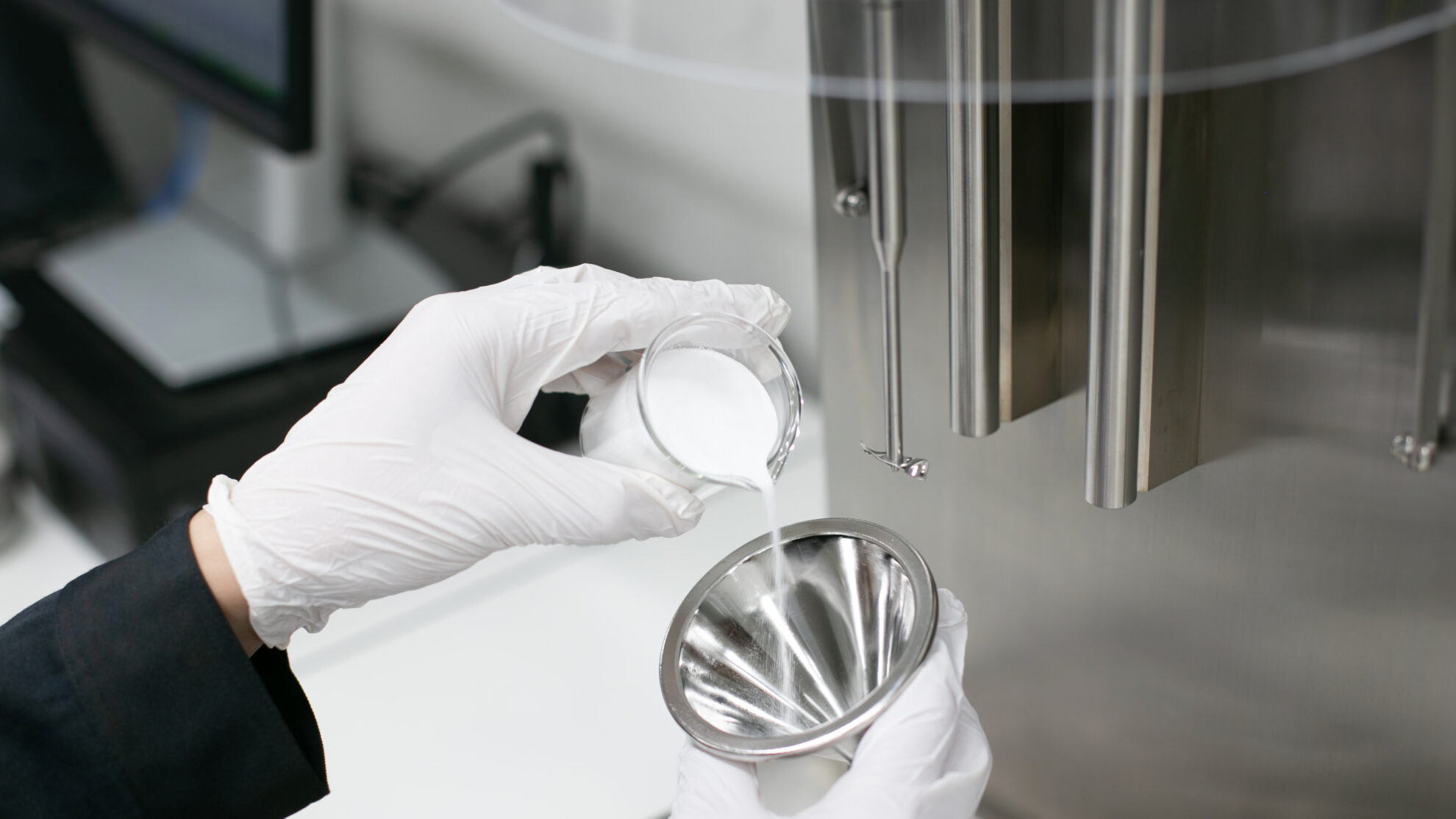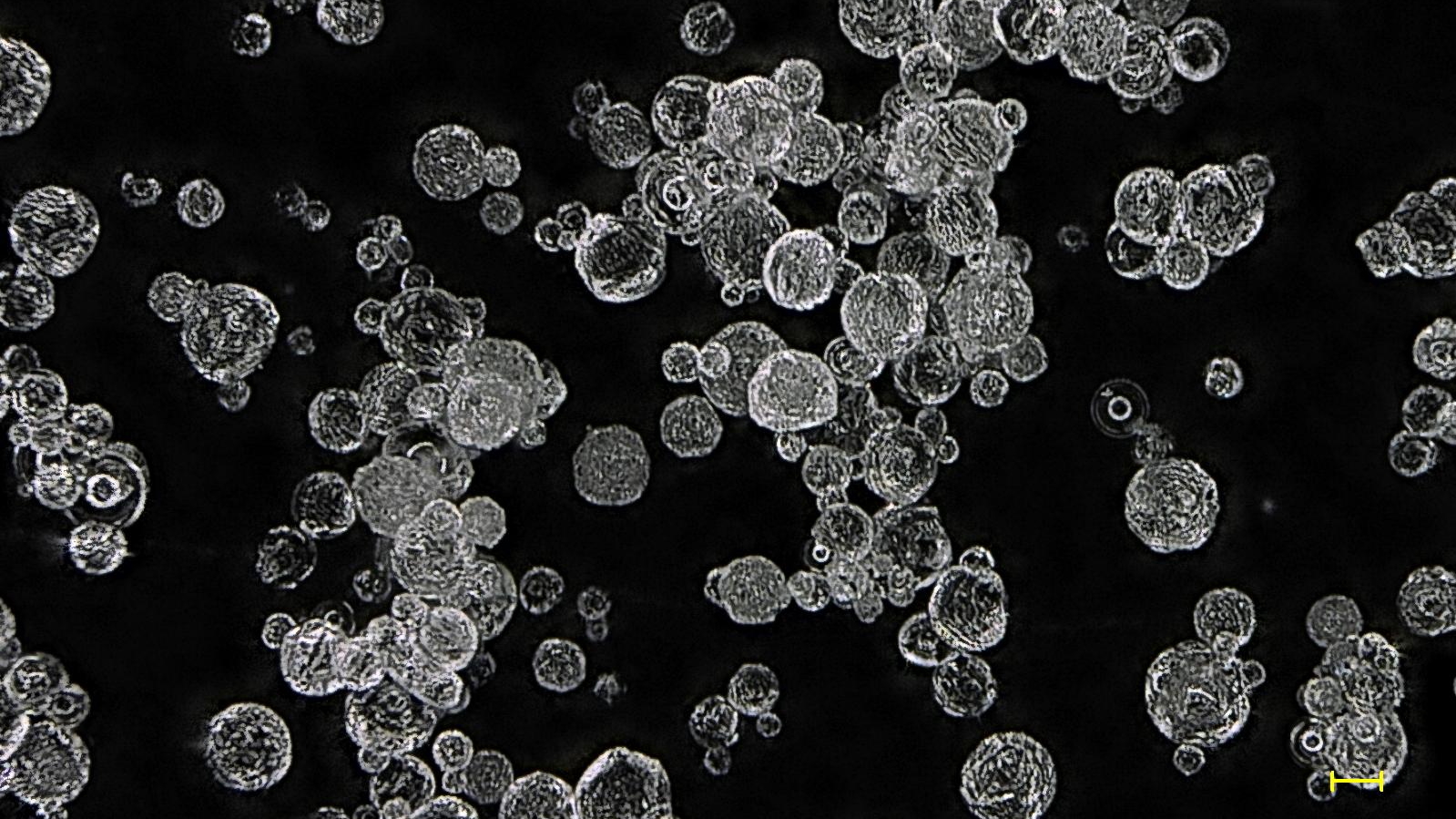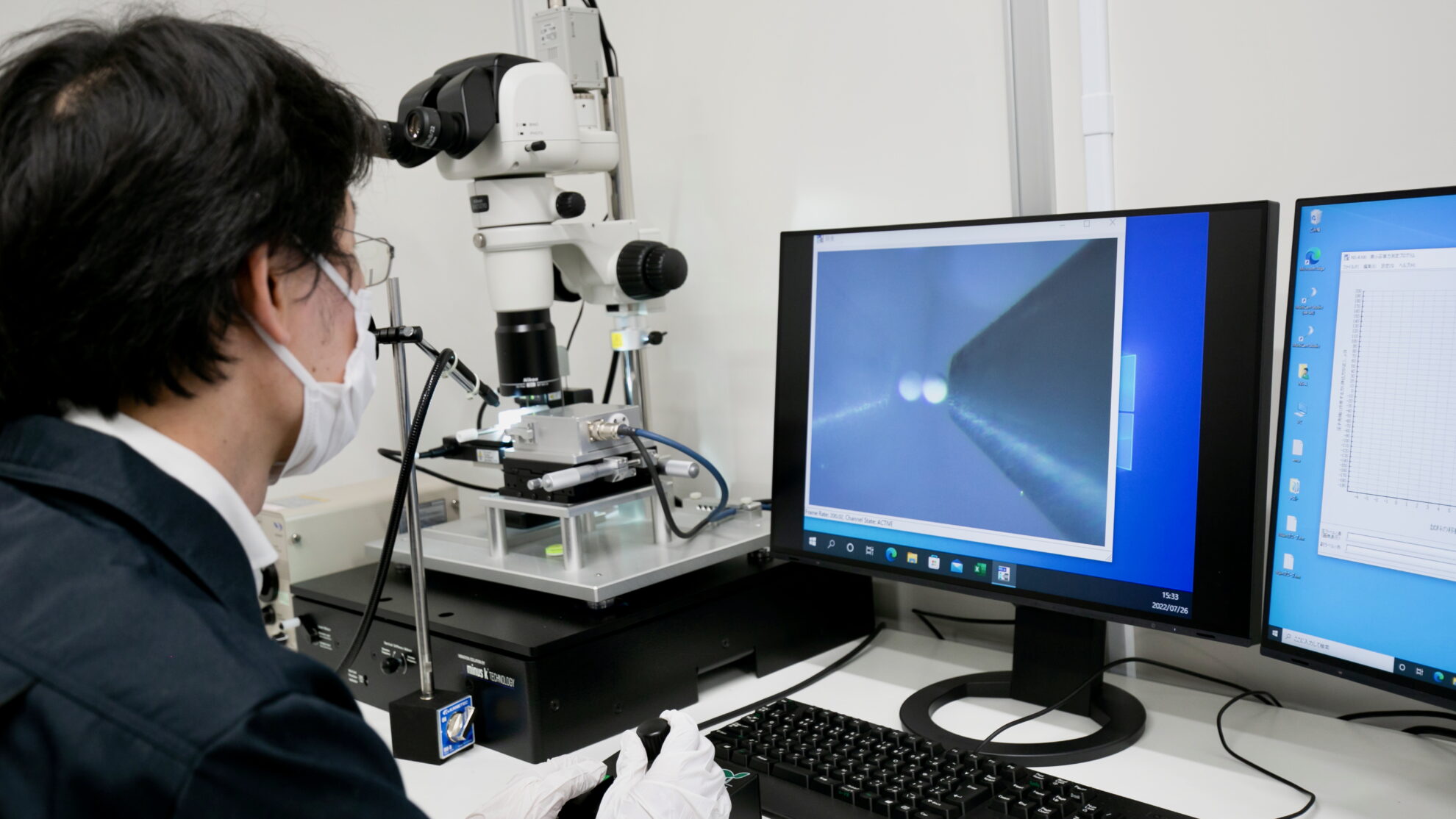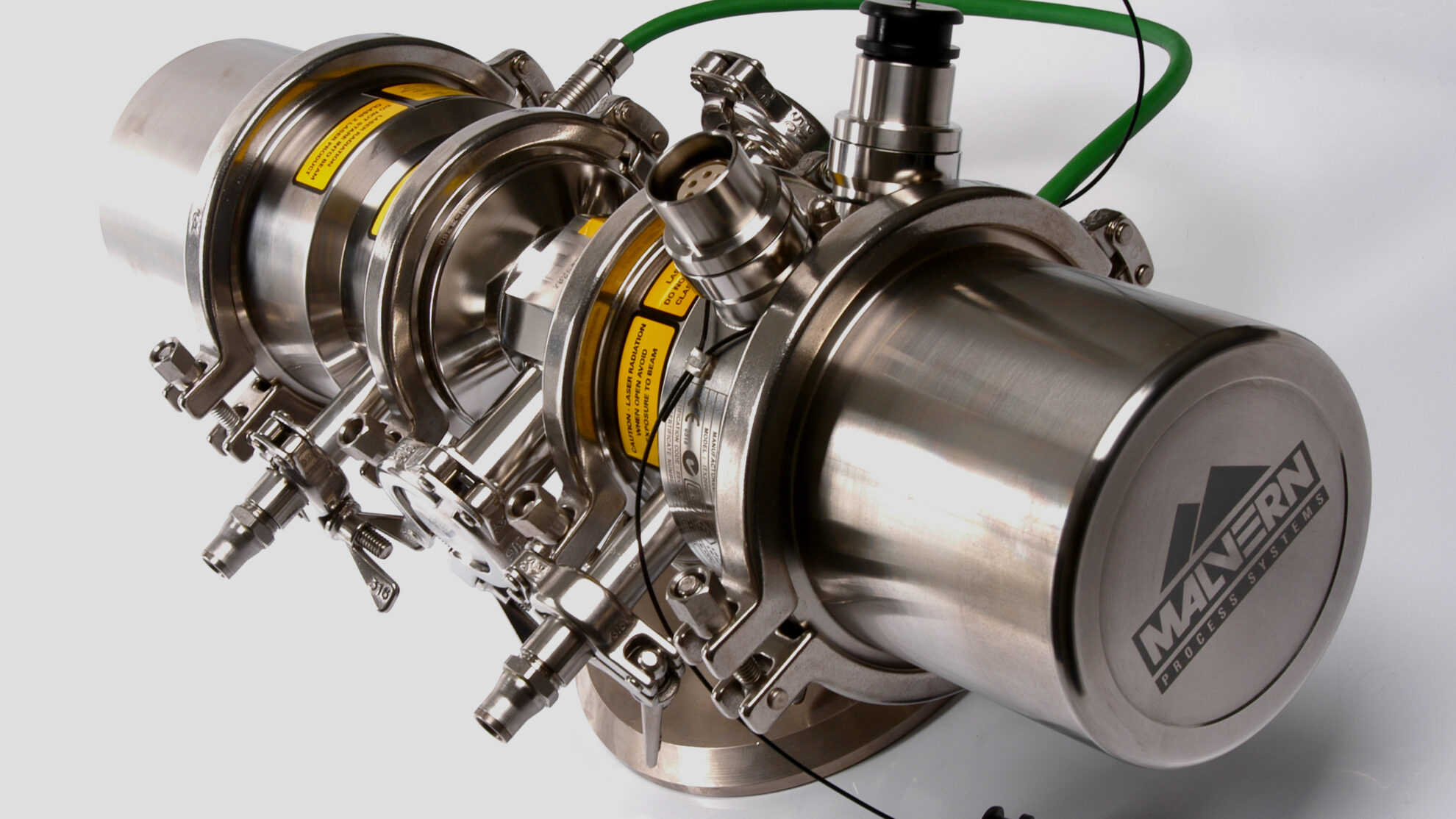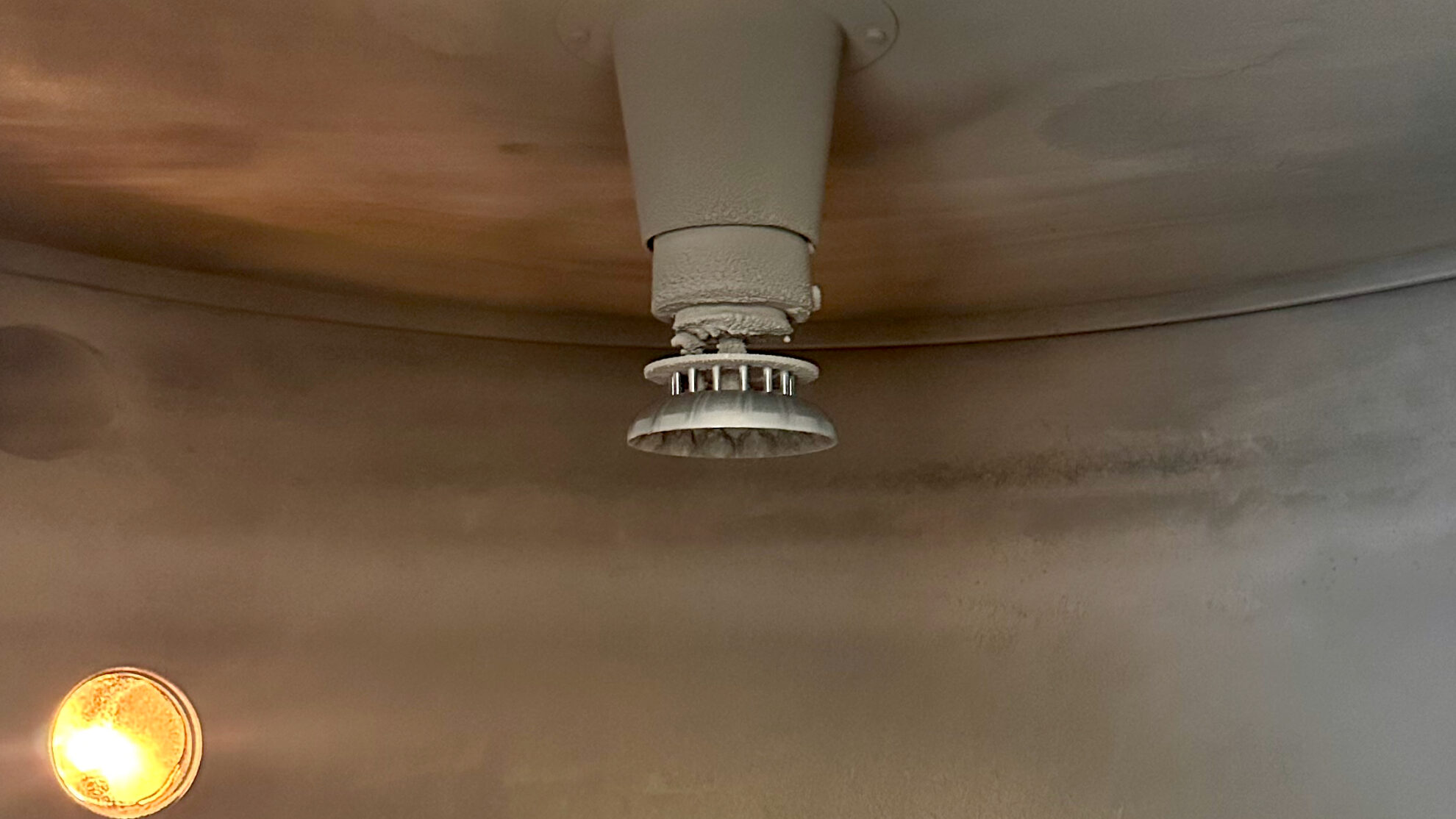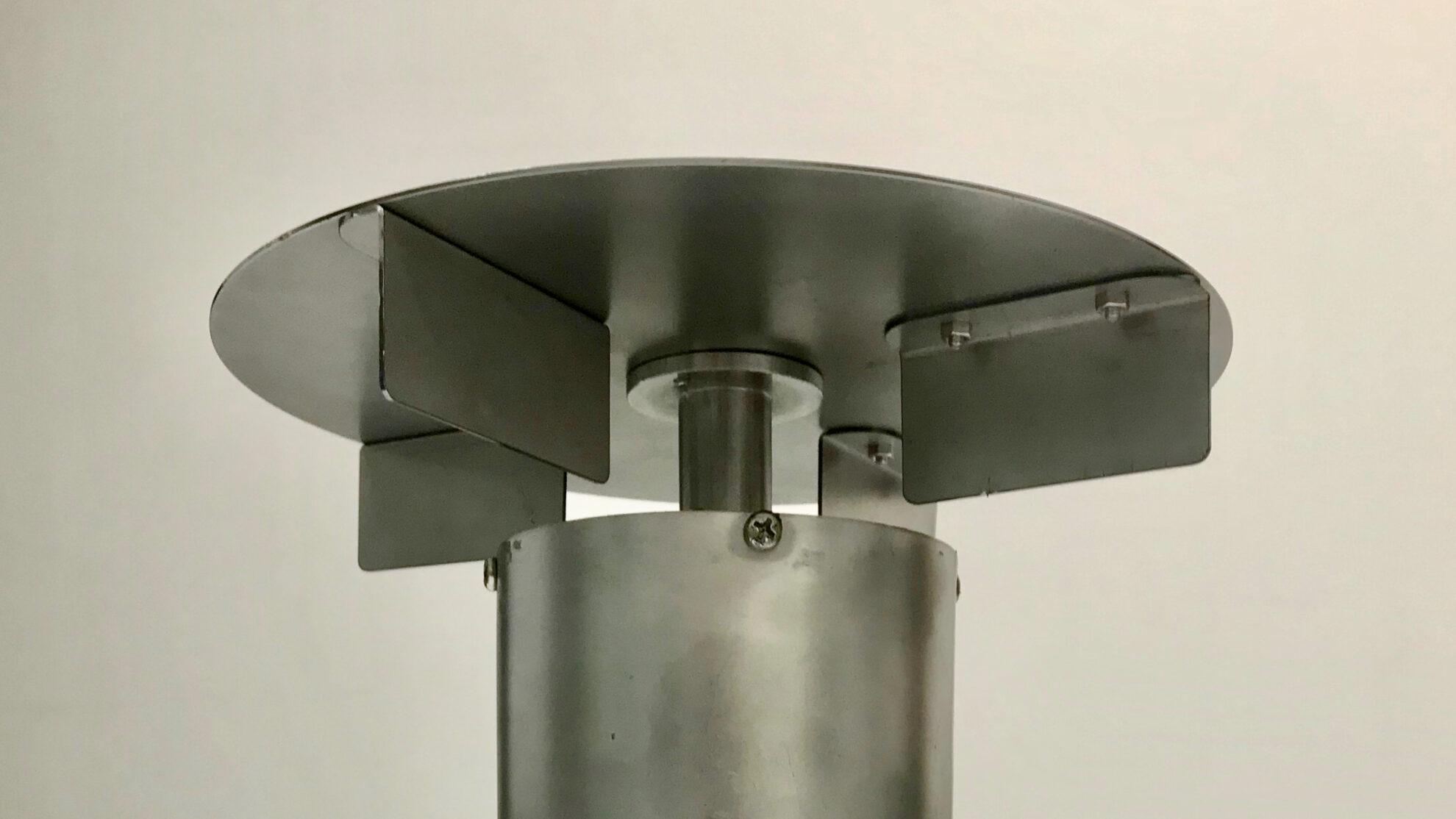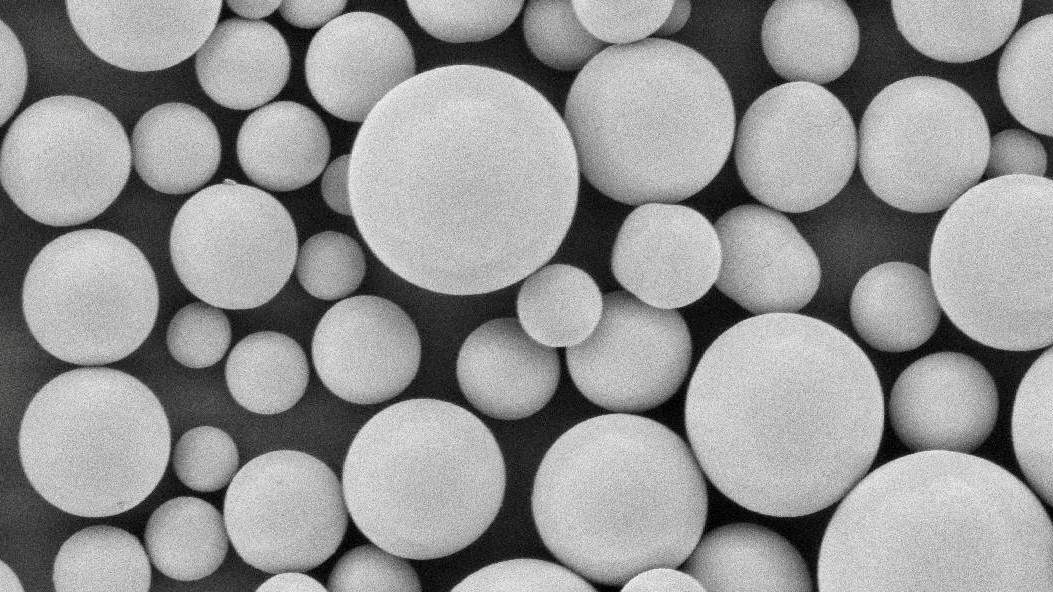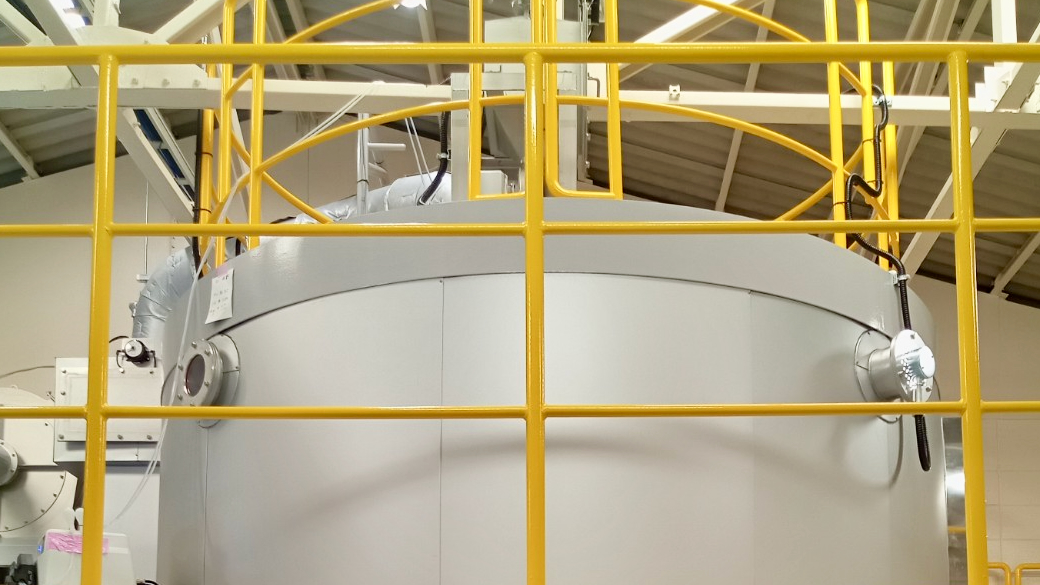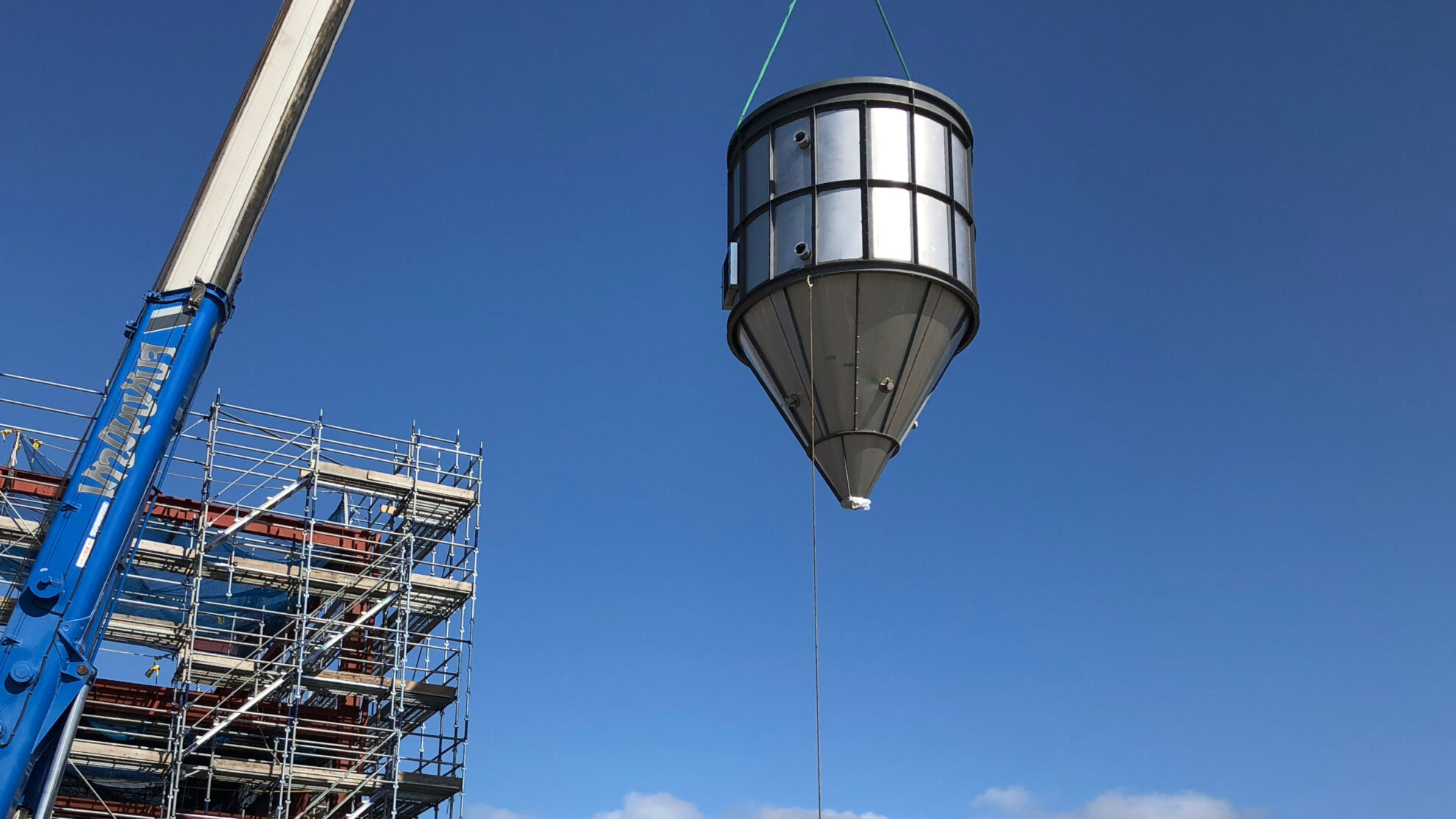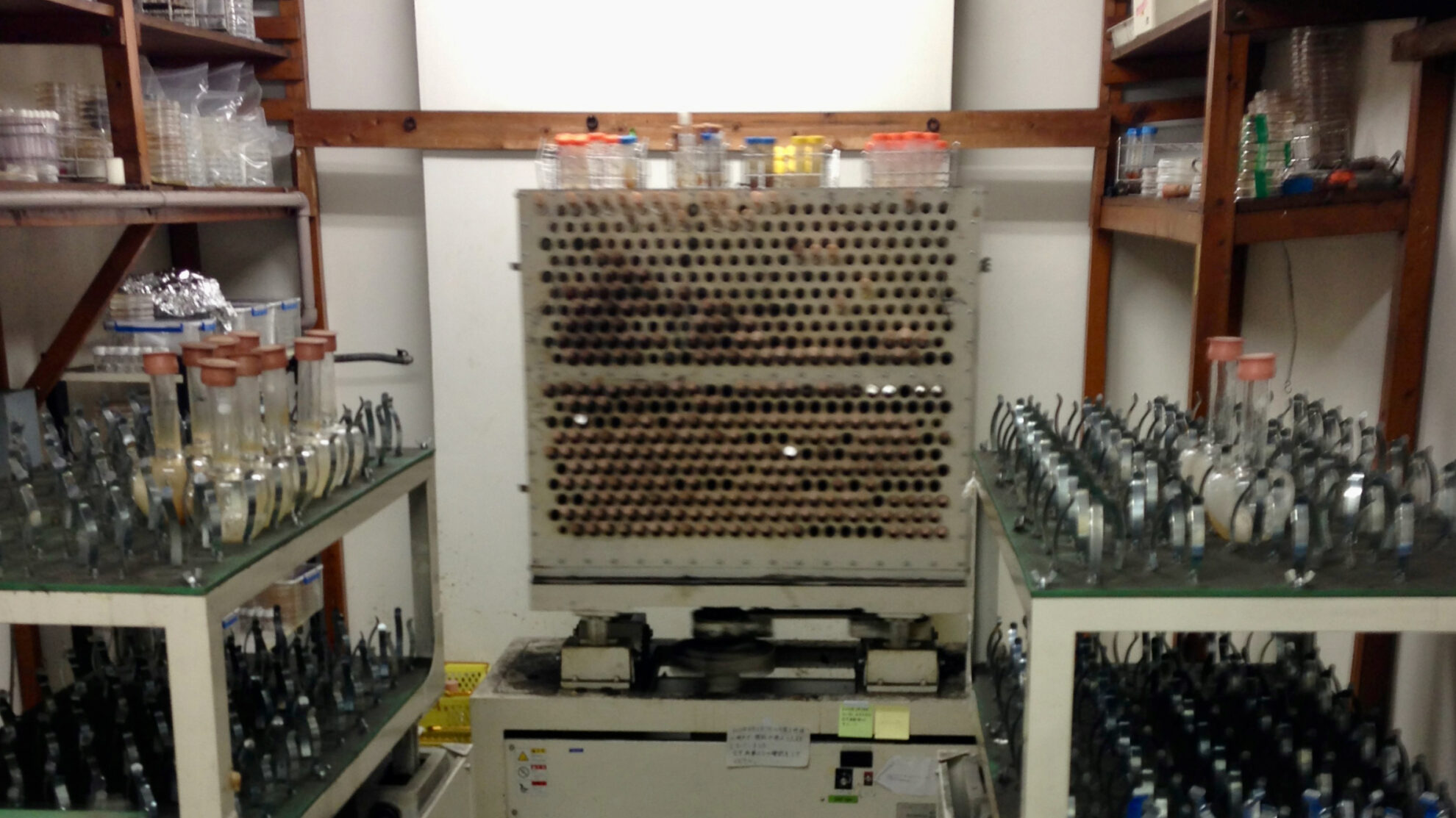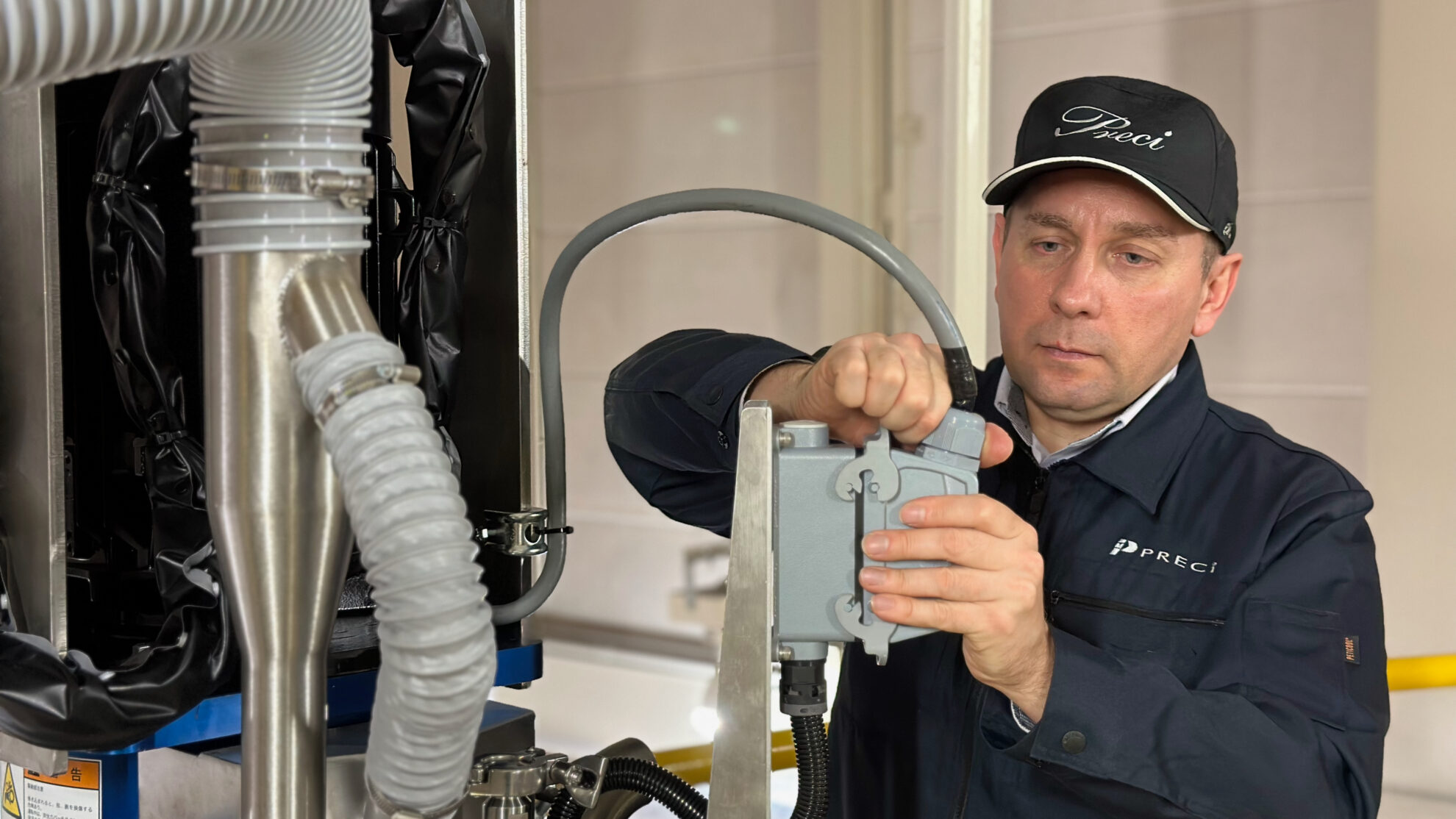Advanced Cyclone Systems (ACS) is a company exclusively dedicated to the development and commercialization of high-efficiency cyclone systems that incorporates the PACyc (Particle Agglomeration in Cyclones) model into design optimization simulations. In 2023, we concluded an exclusive distributorship agreement in Japan territory. In addition to our range of spray dryers, spray coolers and freeze granulators, we also offer high-efficiency cyclones for powder recovery and emission control fields.
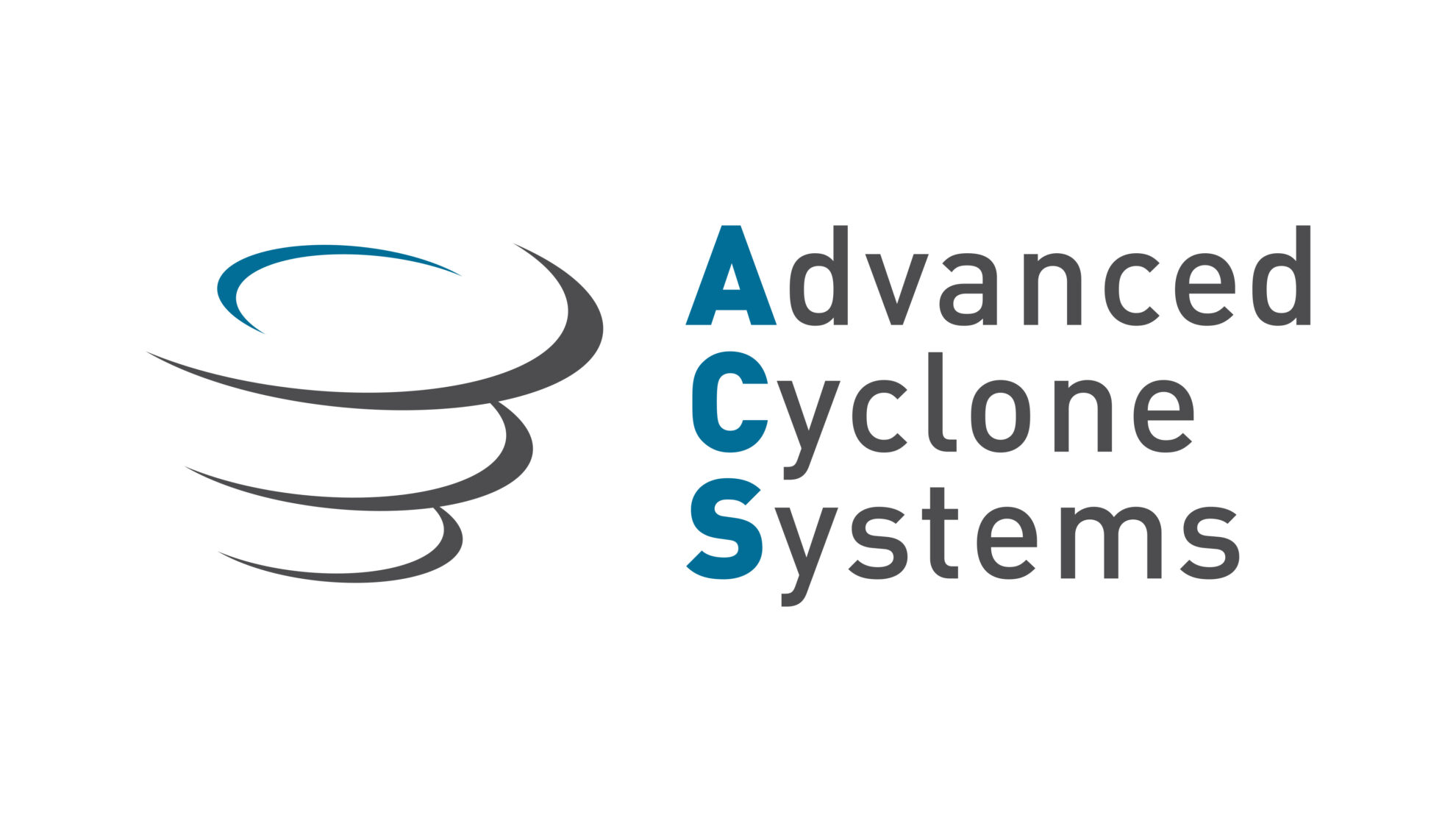
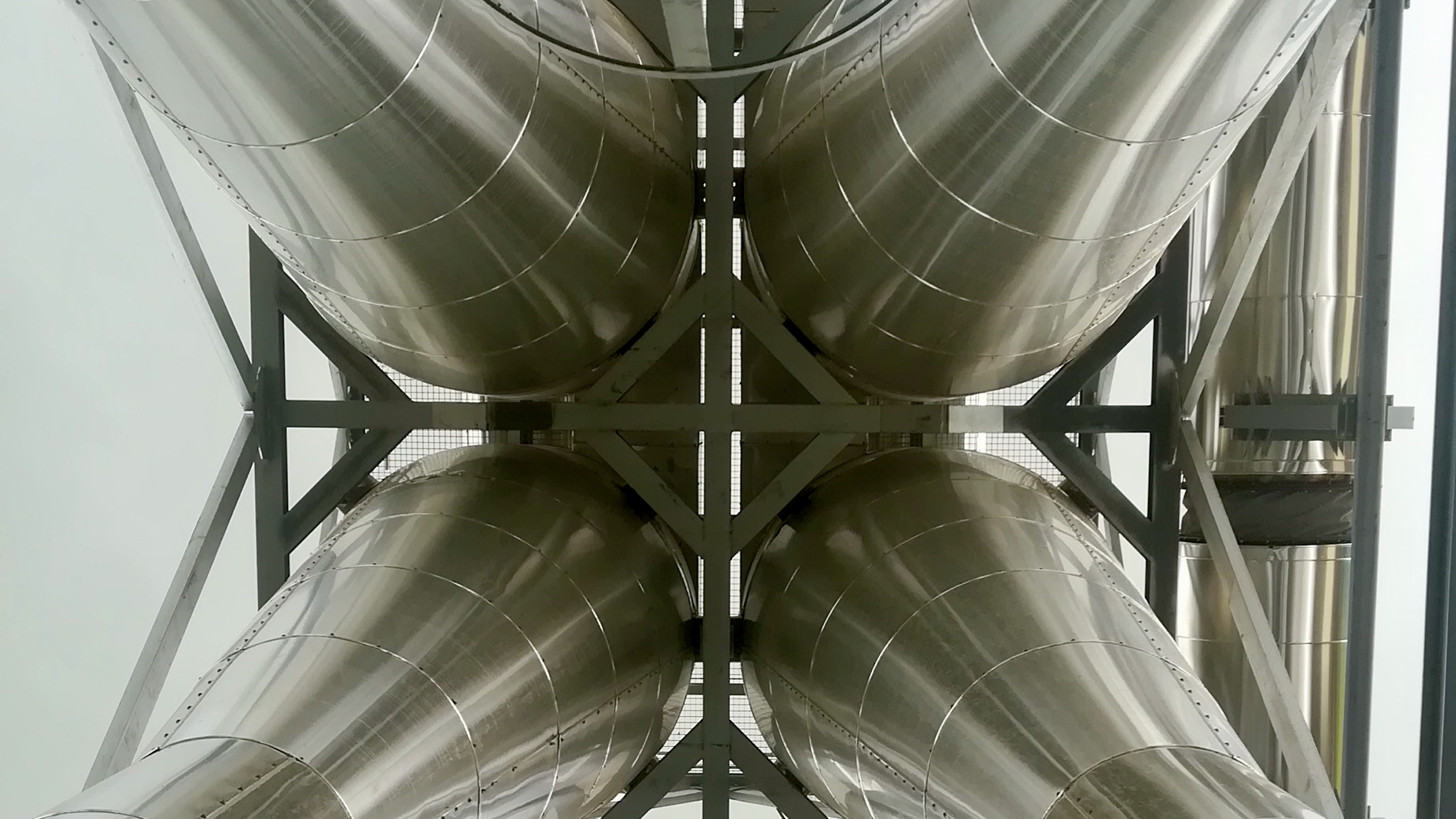
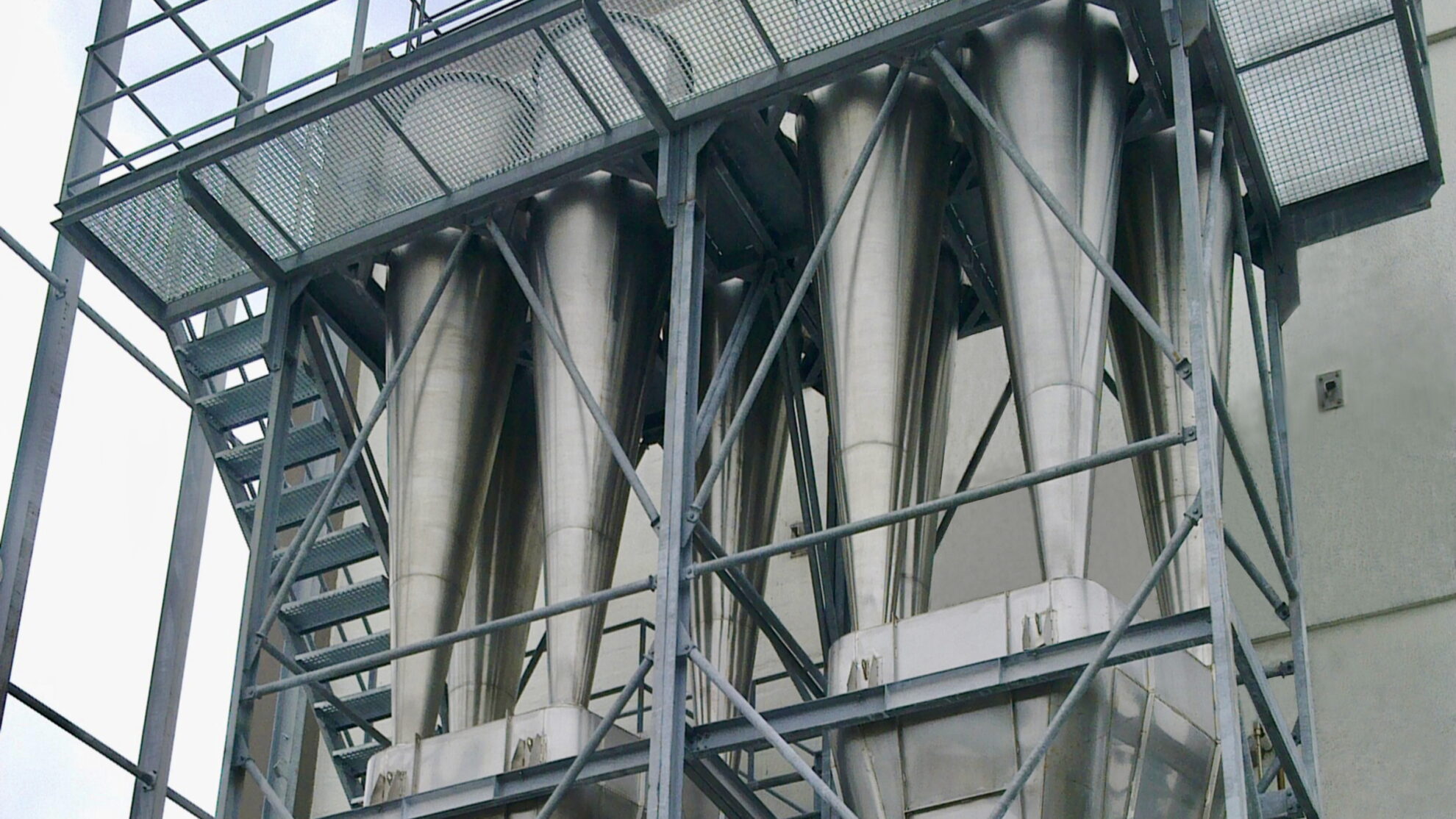
Industries
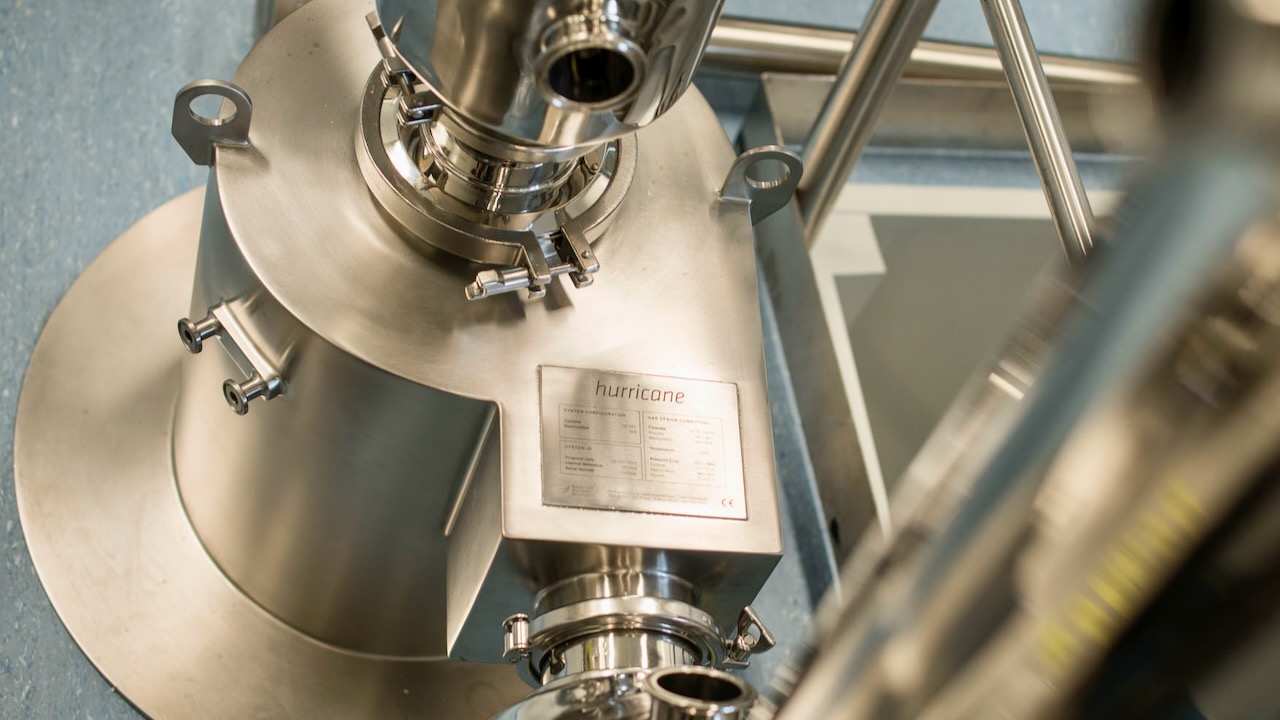
Product recovery
Products are manufactured in powder form in a variety of industries, from pharmaceuticals to food, chemicals, fertilizers, and nanoparticles. It is inevitable that these products will be separated from the air after processes such as drying and grinding. Several industrial filtration systems can be employed for this purpose. Cyclones have the advantage of easily handling a wide range of operating temperatures, pressures and moisture conditions, unlike other dust collectors such as bag filters. ACS cyclones can be designed both to increase product yield and to comply with strict particle emission limits, frequently exempting the use of other filters downstream.
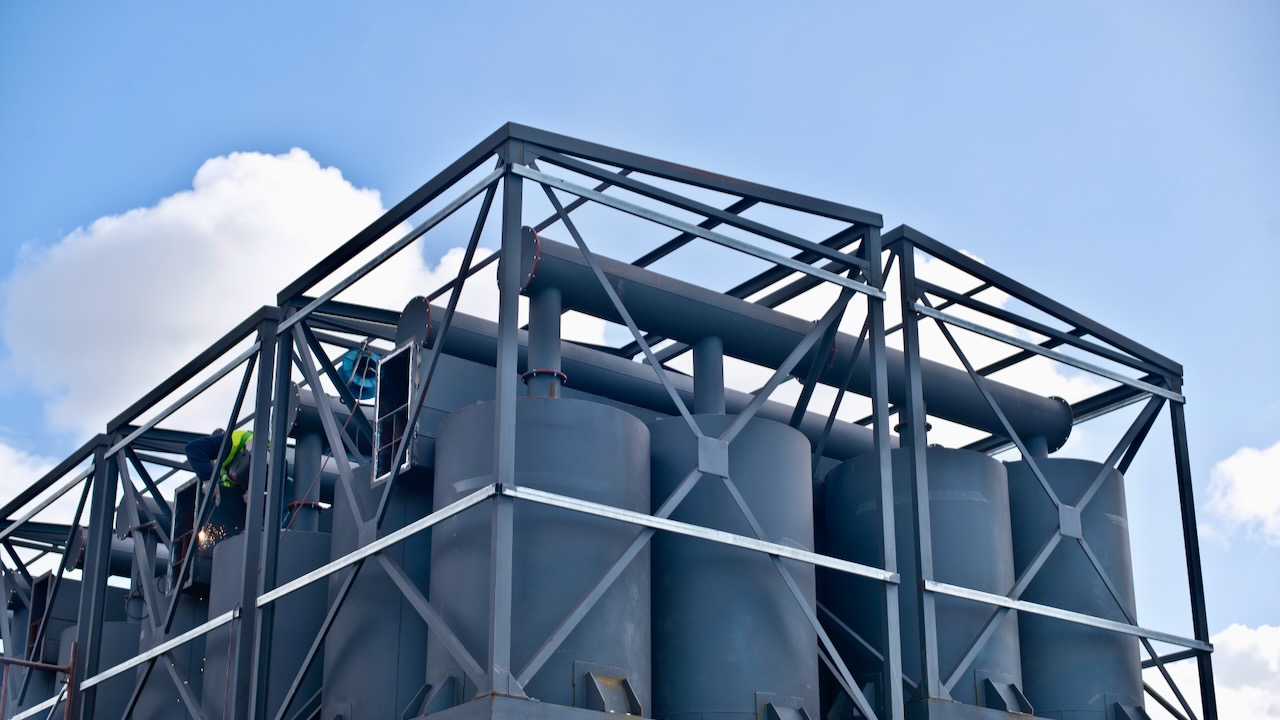
Emission control
Particulate matter (PM) emission control is a common problem in industries that operate boilers or incinerators for energy production, or furnaces, kilns and dryers for the manufacturing of products, such as ceramics, cement or pellets. Complying with stack emission limits, avoiding the carry through of particles to downstream processes or purifying ambient air, are the main motivations for clients to reduce PM emissions.
Products and technologies
Hurricane cyclones
Hurricane cyclone families respond to a particular need from our clients and considering how inter-particle agglomeration/clustering affects collection efficiency. From coarse particle pre-separation proportioned by compact and low pressure drop cyclones, such as SD and DX, to fine particulate capture with high-end geometries such as EX and MK, ACS provides solutions for a wide range of industrial cases, being able to reach emissions comparable to ESPs (down to less than 30mg/Nm3).

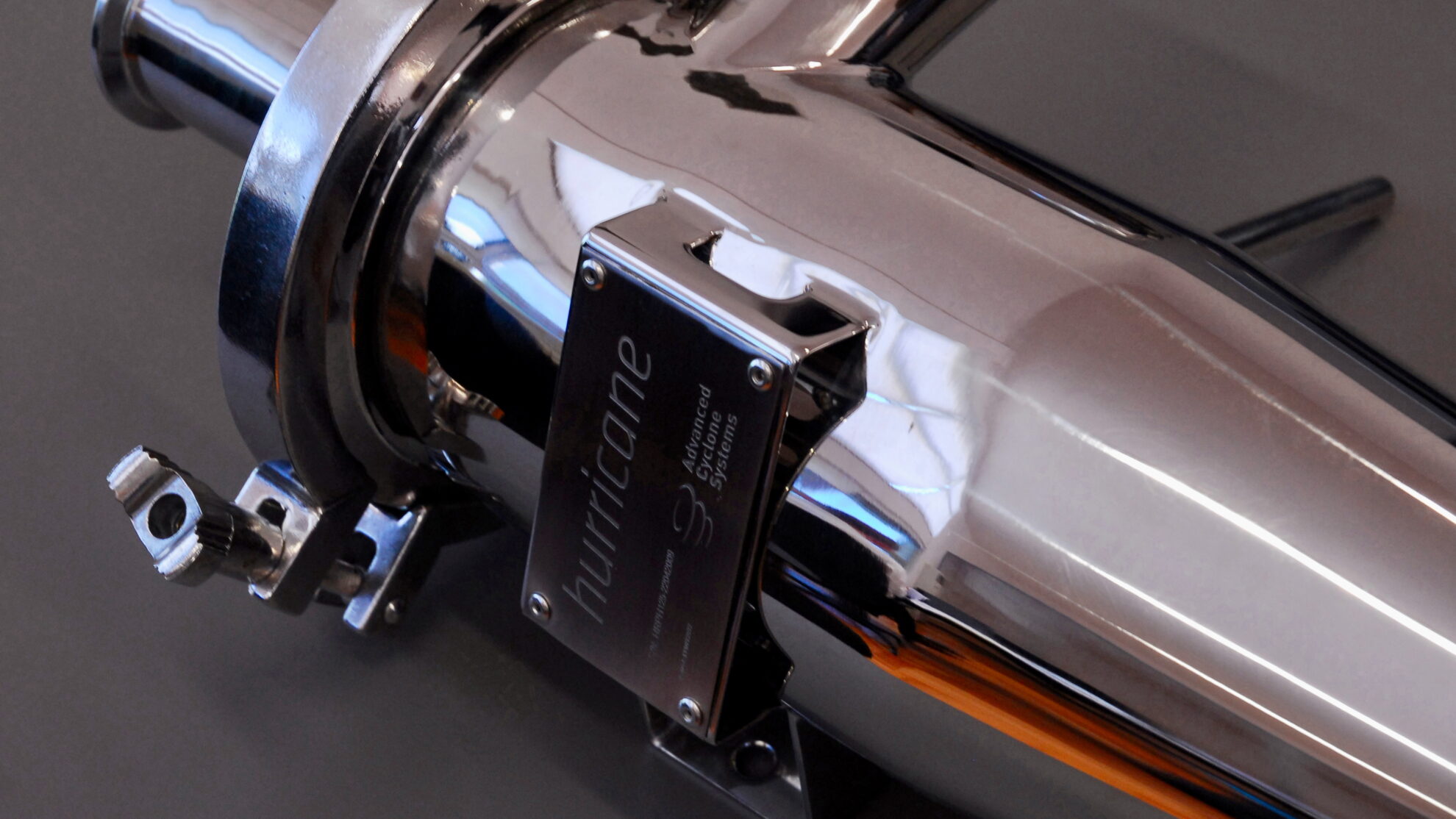
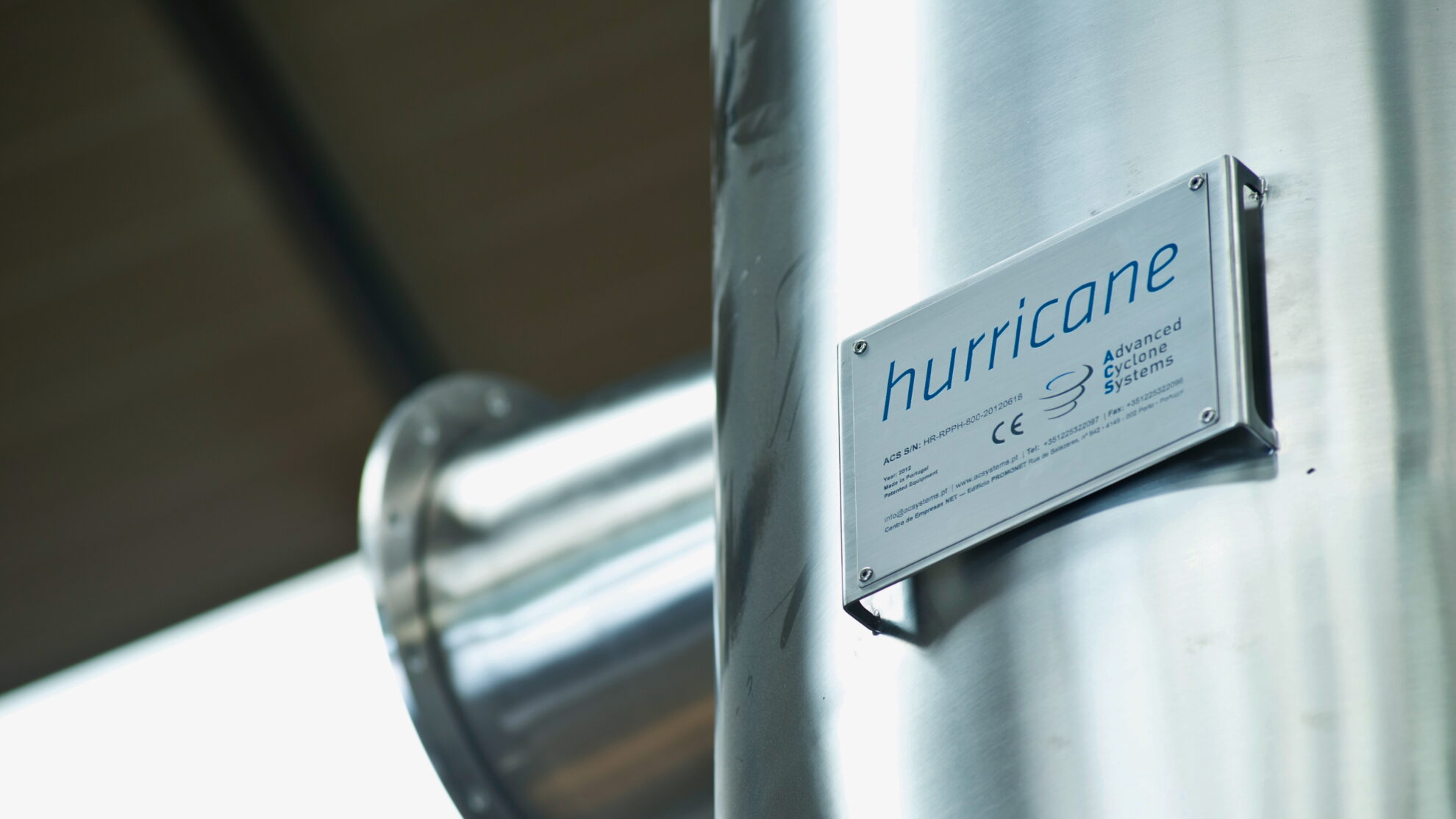
Particle agglomeration & numerical optimization
ACS holds accurate efficiency prediction models, capable of explaining why sub-micrometer particles are often captured with much higher efficiency than expected. Particles with bigger agglomerates (clusters) are easier to be collected than the original particles. Agglomeration increases in the presence of wide particle size distributions and it causes long residence time in the cyclone and high inlet particle concentrations. This mechanism is incorporated in ACS numerical simulation, combining a sophisticated stochastic algorithm with a classical numerical model to predict cyclone performance: the PACyc (Particle Agglomeration in Cyclones) model.
Multiple cyclones for multiple needs
Together with economic and operation constraints such as size and pressure loss, PACyc model allows to simulate millions of virtual prototypes with numerical optimization within an affordable period. The numerical optimization have resulted in several families of cyclones, some of those patented. These cyclone families, always subject to further customization, are the result of very different client demands ACS has come across until now.
Depending on the requirements of the client, ACS designs solutions that go from compact pre-separators to a final stage dust collector. The more efficient the solution is, the larger the number of cyclones needed to increase residence time and promote particle agglomeration. ACS offers the most cost-efficient solutions by considering the impact of space and cost.
ReCyclone MH
ACS holds the patent of a recirculation system to increase the efficiency of cyclones. ReCyclone is made up of a high efficiency Hurricane and a particle separator, placed downstream, called the “mechanical recirculator”. The main purpose of the recirculators is to reintroduce the uncaptured particles into the cyclones after those fine particles are driven to the outer walls of the recirculators by centrifugal force. While the process gas is enriched in particles, the axial exhaust gas stream is clean with less particles. Recirculation is achieved through an additional fan. Since the recirculation system only serves as dust separation (and not collection), the particles are exclusively collected in the cyclones. Efficiency increases due to recirculation and agglomeration of fine particles with larger ones coming directly from the process. ReCyclone MH decreases emissions of Hurricane cyclones by 30 to 60%. Recirculation control has the benefit of handling variable process gas flow rates.
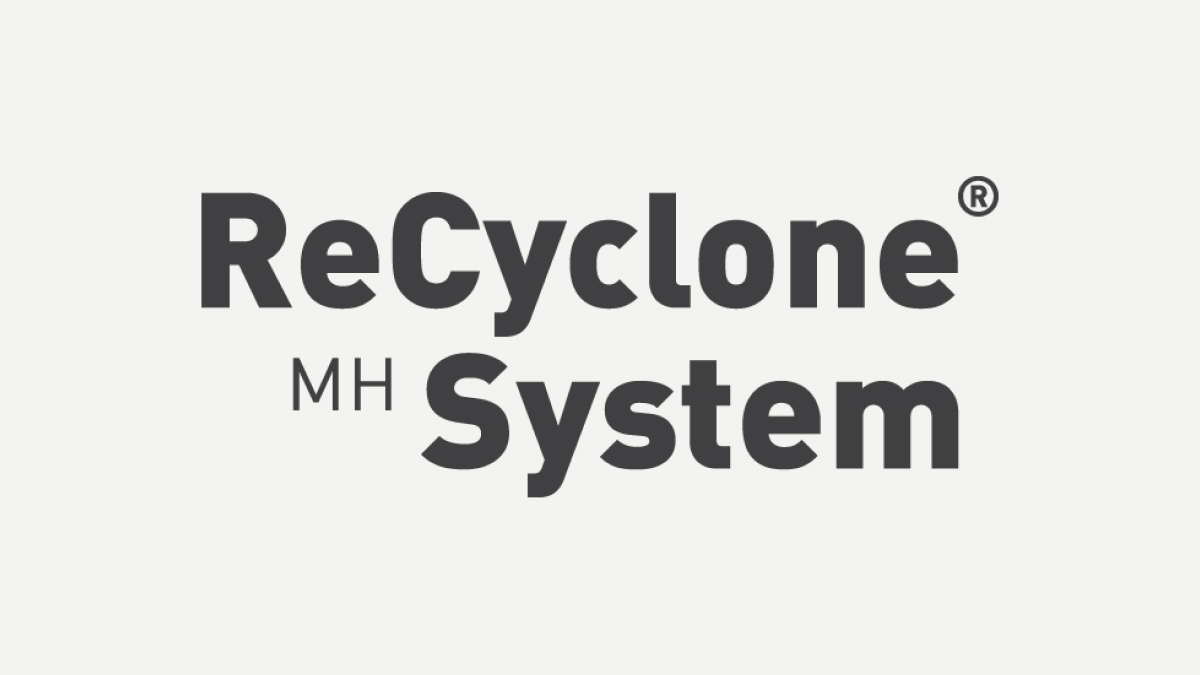

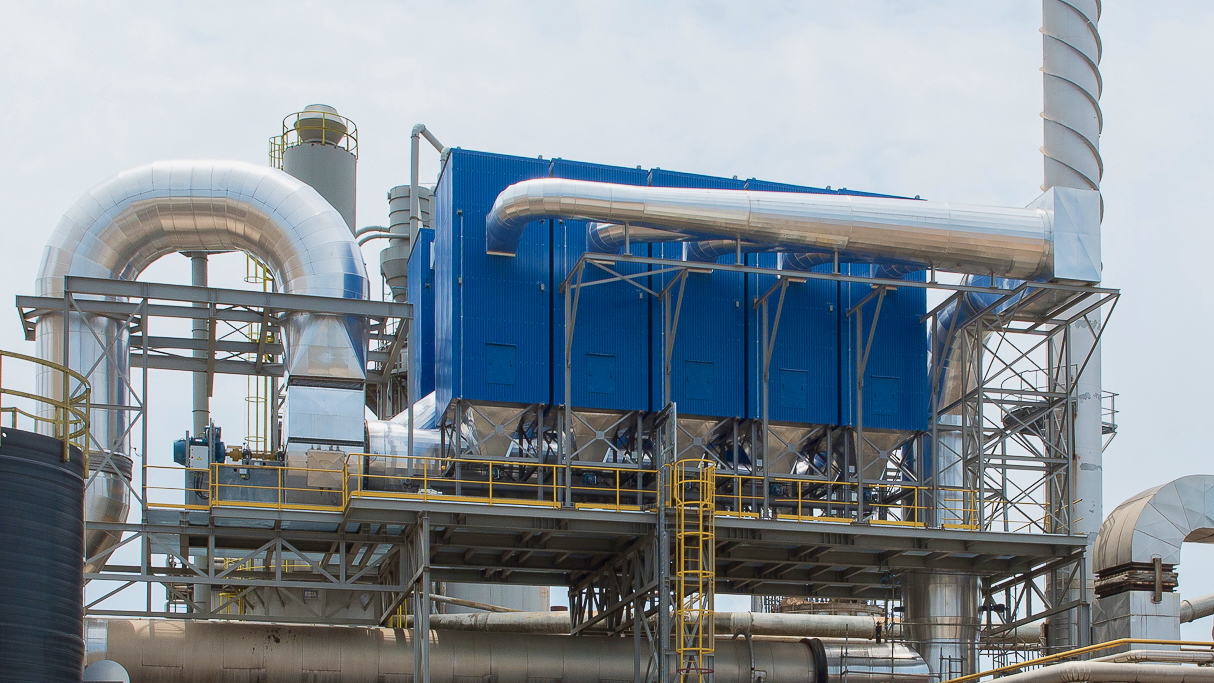
Characteristics
- High efficiency: Cyclone emissions can be reduced by 30 – 60%.
- Low emissions: Emissions around 15 – 45mg/Nm3 can be achieved.
- Pressure drop: 150 – 200mm w.g.
- No temperature limit with appropriate metals or refractories.
- Recirculation maintains proper cyclone inlet flow rate.
- Robust material and structure with no moving parts.
- Less maintenance and downtime.
- Can be introduced with low investment cost.
ReCyclone EH
An adoption of electrostatic recirculation in the cyclone system has successfully proven to further reduction of particle emissions, even in the 1-5μm particle size range, assuring future regulation compliance, particularly where legal limits are very strict. DC high voltage is applied to the recirculator, allowing the recirculation of very fine nanometric particles, more resistant to centrifugal forces, to the cyclones. After separation in the recirculator and concentration in the recirculation flow, electrically charged fine particles are attracted by the cyclone walls, while agglomerating with larger particles entering the system – both promoting their easier capture. Unlike ESPs, particles are not captured on the walls of the recirculator so that ReCyclone systems can avoid dust accumulation and condensation. Additionally, ReCyclone EH systems have low sensitivity to either low or high electrical resistivity while required power is only 10 to 15% of that used in ESPs.
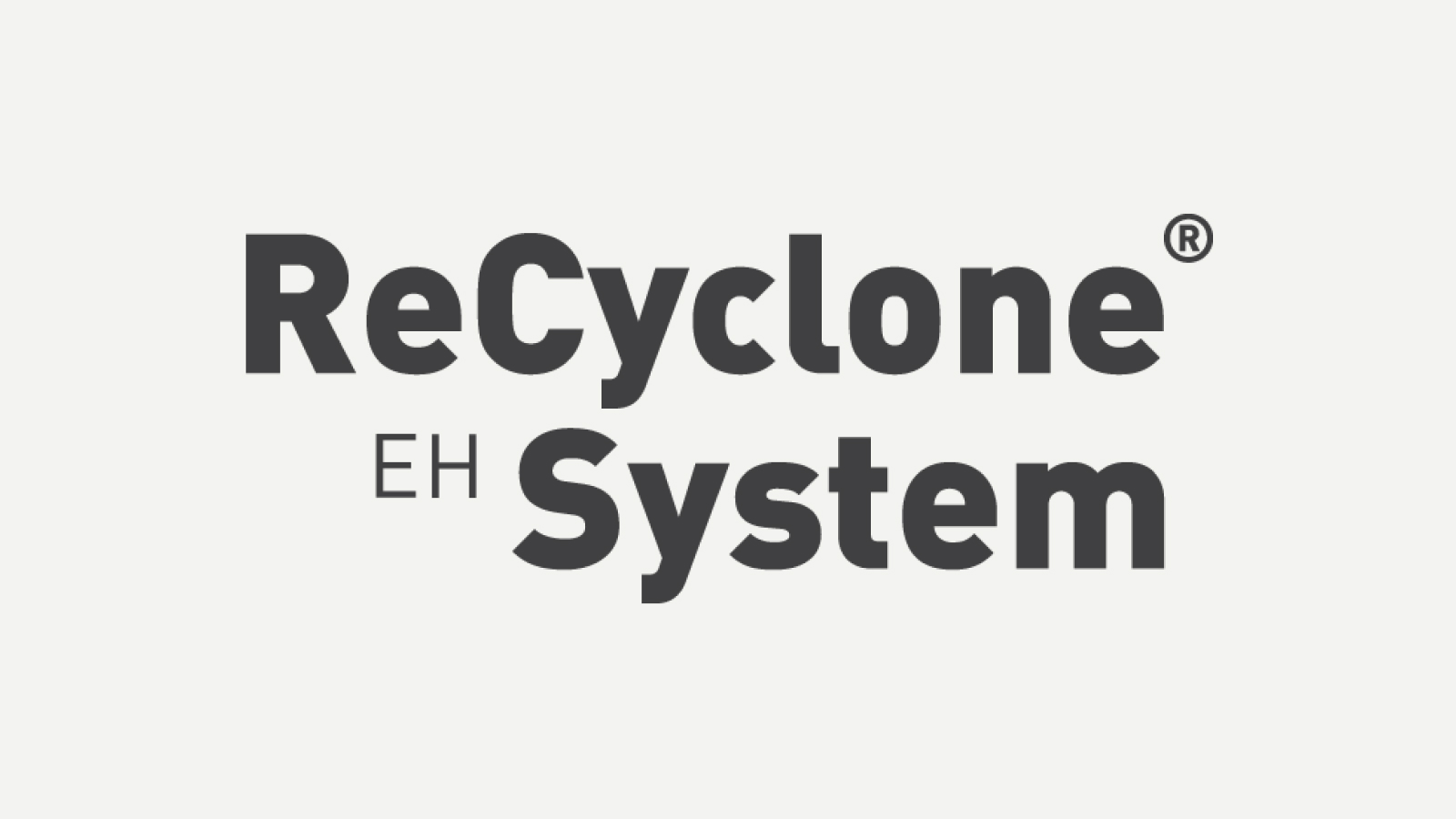
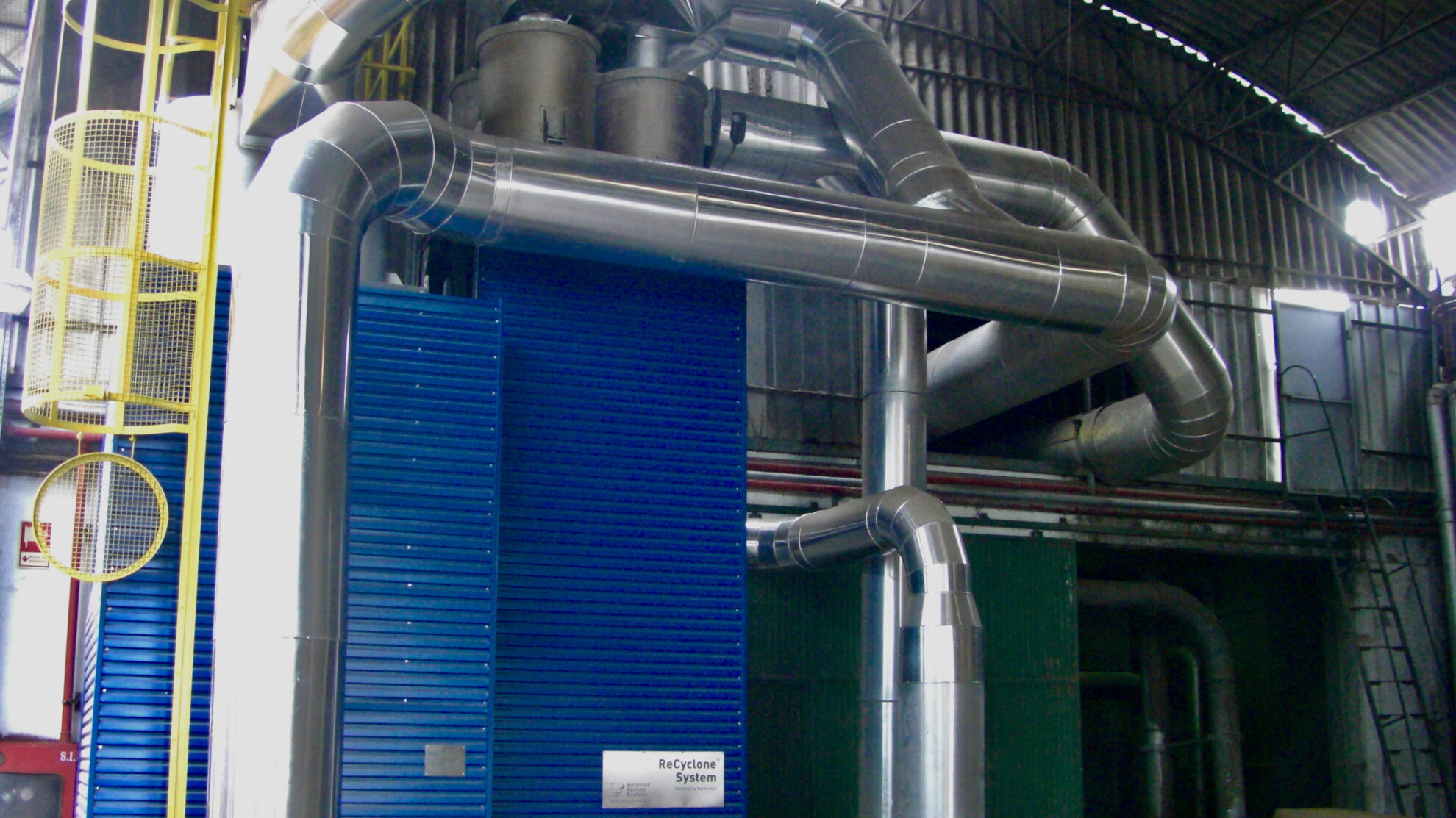
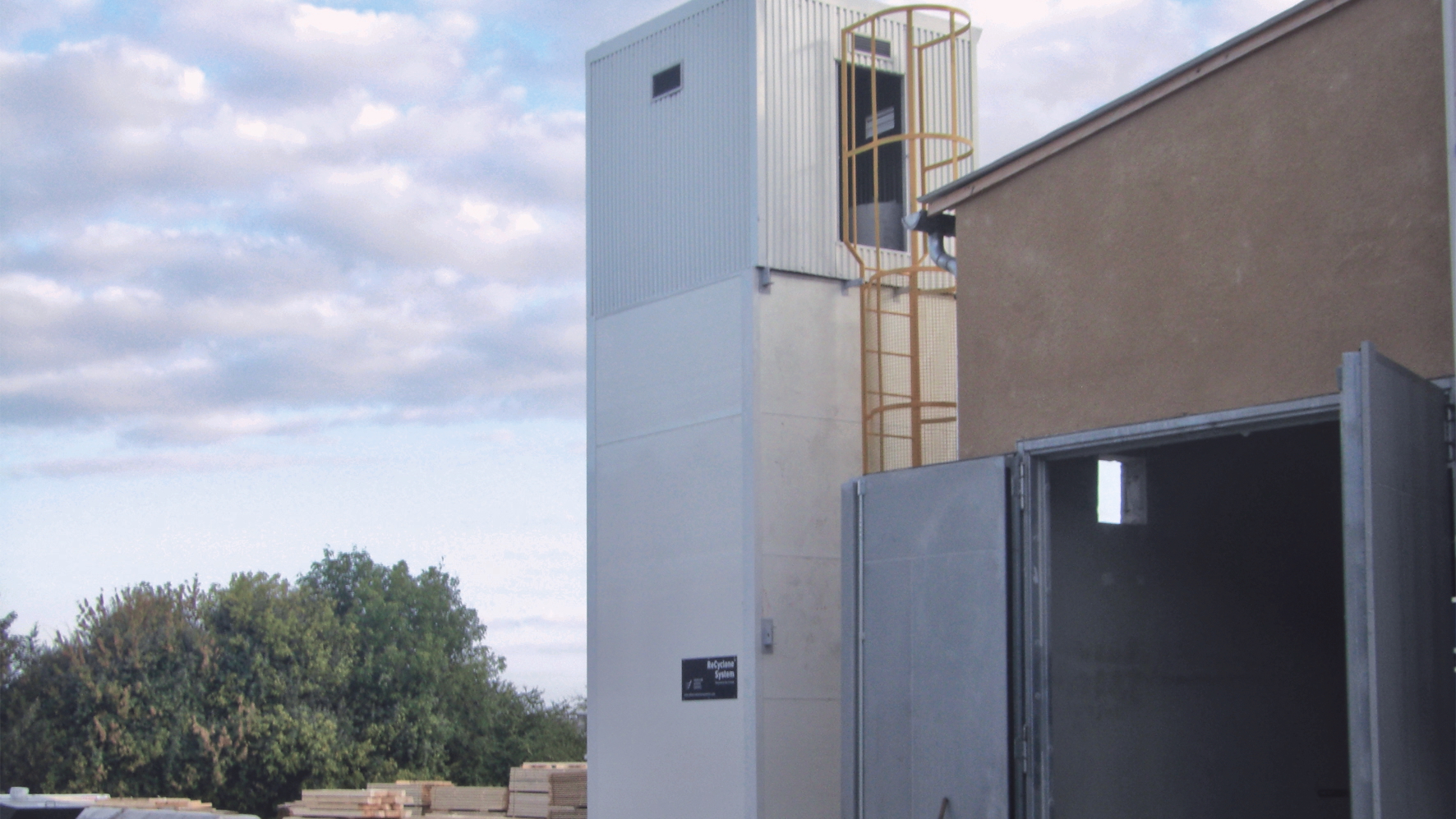
Characteristics
- High efficiency: Cyclone emissions can be reduced by 40 – 70%.
- Low emissions: Emissions around 5 – 25mg/Nm3 can be achieved.
- Pressure drop: 120 – 170mm w.g.
- Operation temperature can be up to 400℃.
- Less susceptible to fluctuating flow rates.
- Robust material and structure with no moving parts.
- Less maintenance and downtime.
- Can be introduced at a reasonable level of investment cost.
About ACS
ACS was founded in 2008 by Romualdo Salcedo (CTO), Professor at Faculdade de Engenharia da Univerdade do Porto (FEUP) and by Pedro Araújo (CEO), Industrial Engineer from FEUP and MBA from the Lisbon MBA, with the support of the CoHitec program by Cotec: a Portuguese institutional innovation association. With unique scientific knowledge in cyclone design optimization and particle agglomeration modeling (PACyc) in partnership with FEUP for R&D, ACS is the only company worldwide exclusively dedicated to cyclone systems and uses the technological platform to solve particle separation problems. ACS has fulfilled over 400 successful installations in 37 countries.

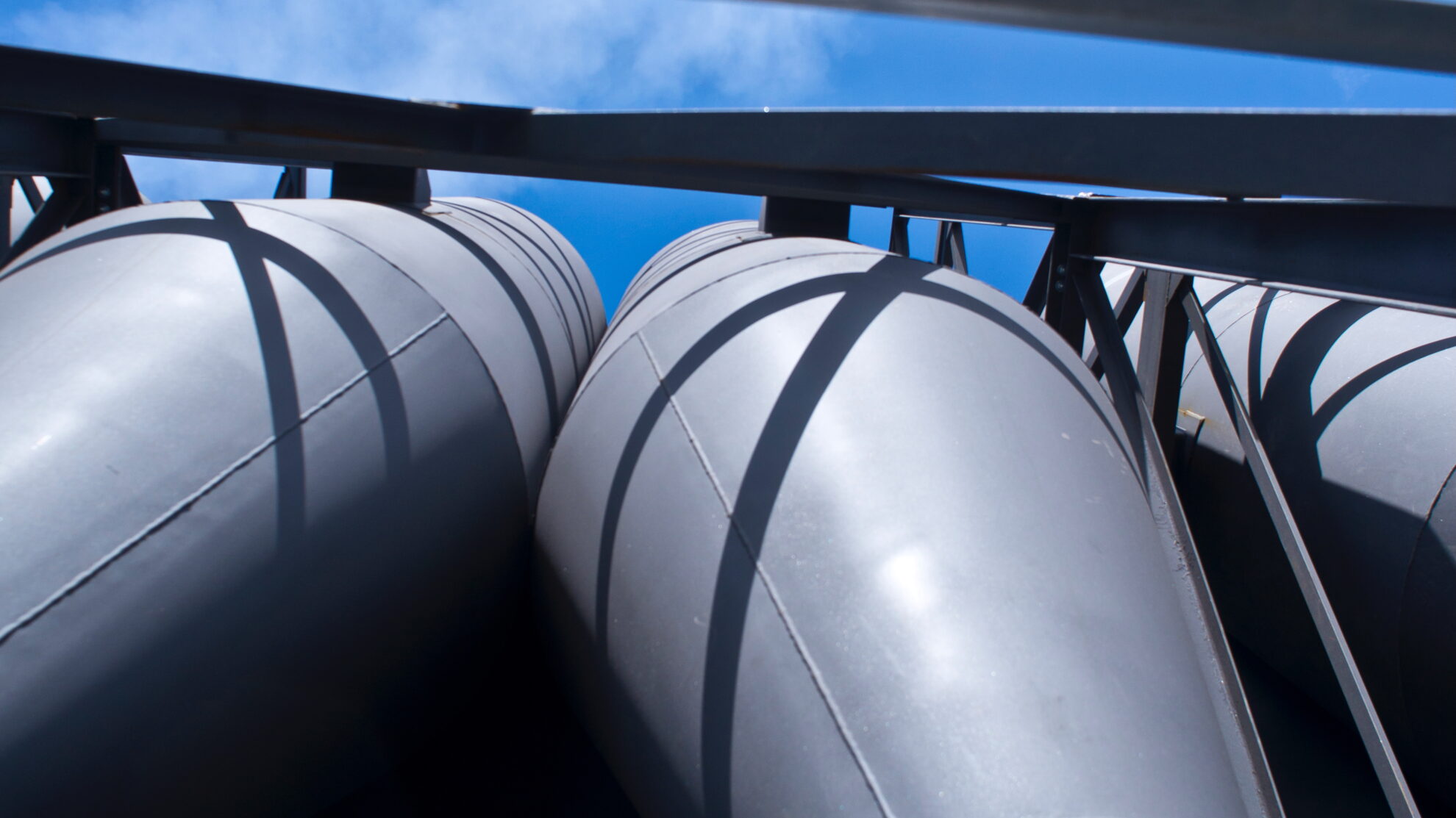
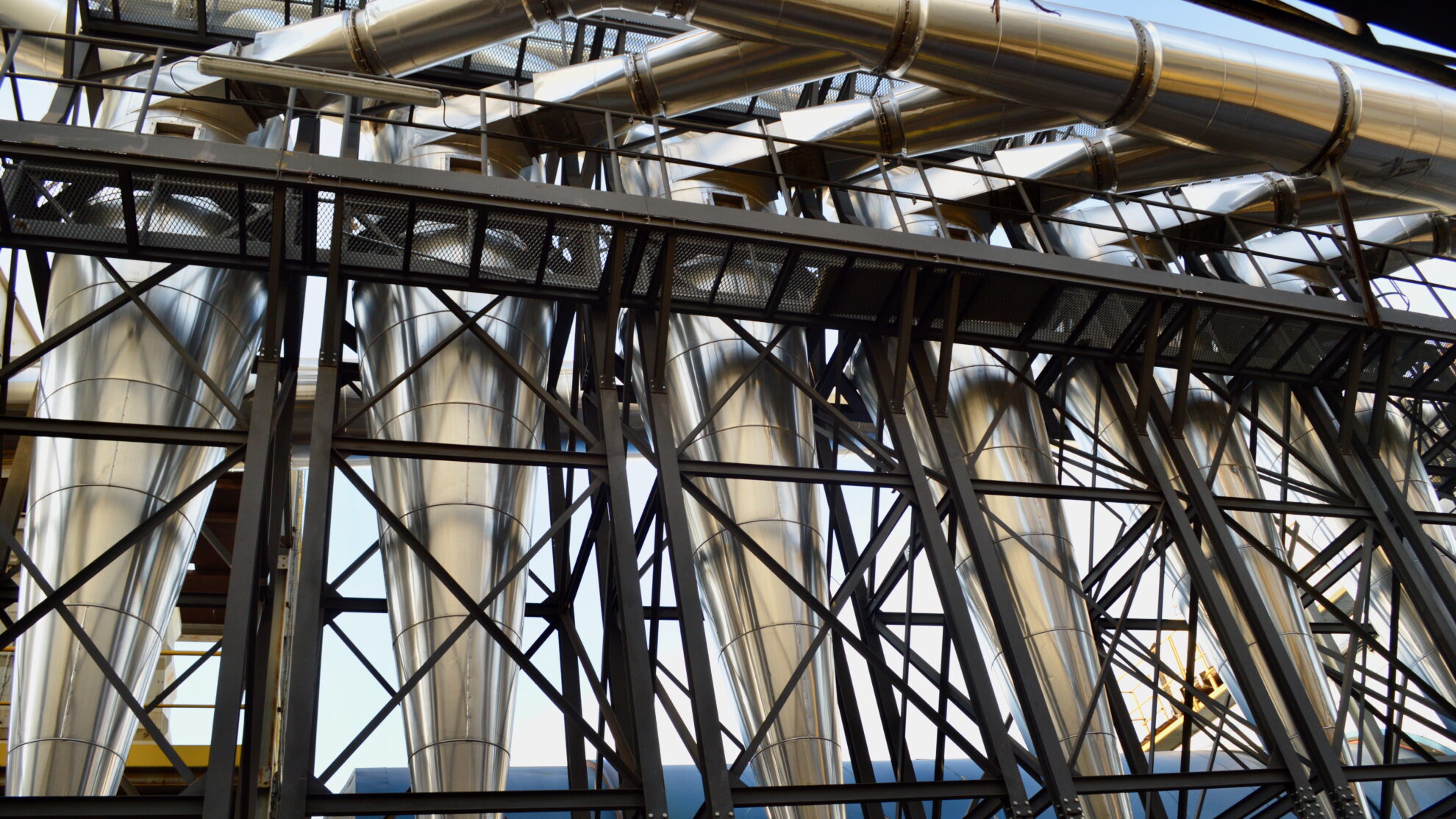
Our spray dryers, spray coolers, and freeze granulators can be equipped with ACS high-efficiency cyclones. Based on our accumulated technologies, we provide optimal manufacturing processes. In addition, we not only provide powder processing trials for spray drying, spray cooling, and freeze granulation, but also services that include pre- and post-powder processing, such as wet pulverizing, mixing, molding, sintering and freeze-drying. We operate a total of three locations: two Powder Technical Centers in Japan and ASEAN Powder Technical Center in Thailand under the partnership with T.S.K. Engineering. Our brand new Powder Technical Center 2 (PTC2), which was newly established in 2023, has one of the largest collections of analytical measurement equipment in Japan. We provide one-stop support for powder processing and analytical measurements (Powder Trials & Analytical Measurements / Contract Powder Processing).
